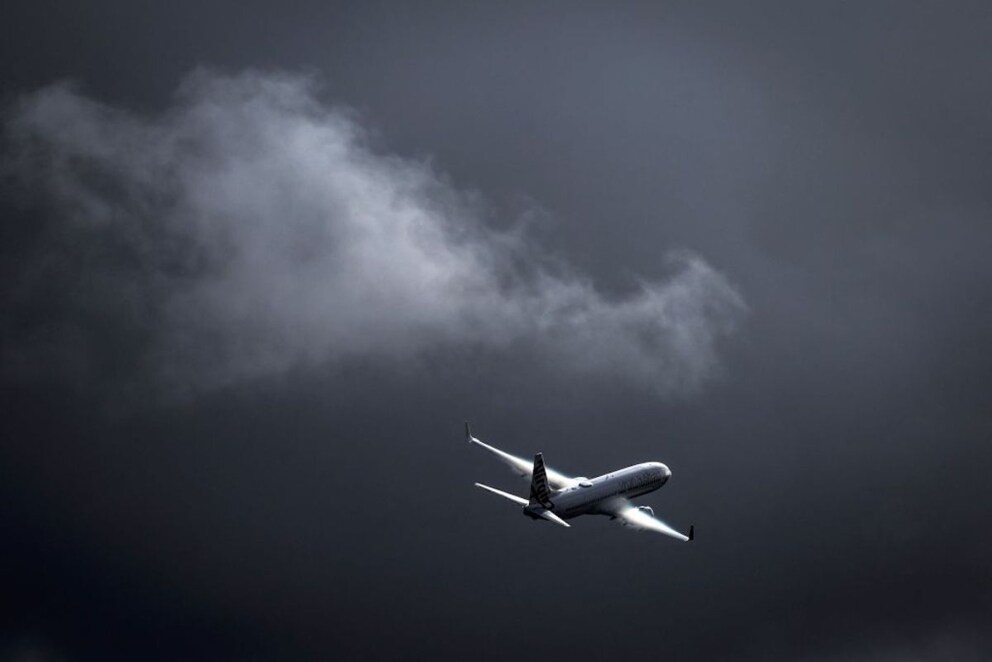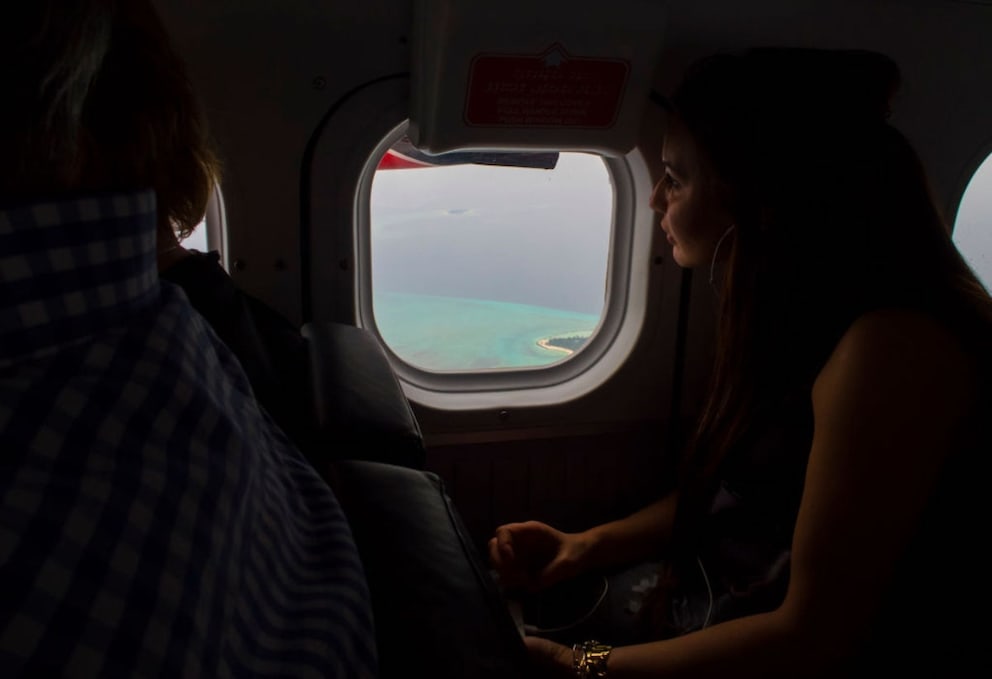September 2, 2024, 4:03 pm | Read time: 6 minutes
Some people look forward to flying with pleasure, others with unease. And, of course, these huge flying machines seem a little scary. But airplanes are the safest means of transport in the world. Anyone who takes a closer look at them often loses their fear – and perhaps even learns a few interesting facts.
Ever wondered why airplanes are predominantly white or why boarding typically occurs from the left side? TRAVELBOOK delves into these curiosities, providing you with the most important and intriguing answers about airplanes. Discover all the fascinating details right here!
Why are airplanes almost always white?
Airplanes are usually painted white – for several reasons. On the one hand, the white paint effectively reflects the sunlight, which minimizes the heating of the aircraft fuselage. This helps keep the cabin’s temperature more comfortable and reduces the energy required for air conditioning. In addition, the white surface makes it easier to inspect for damage or leaks, as these are easier to detect in a light color.
Why are there no rows 13 and 17 in the aircraft?
In some airplanes, there are actually no rows 13 and 17. This isn’t mere happenstance; it’s a thoughtful choice by numerous airlines to avoid unsettling passengers with superstitious inclinations. In many Western cultures, the number 13 is considered unlucky, while in Italy and Brazil, 17 has a similarly negative connotation. These rows are often skipped to avoid inconvenience and ensure the comfort of all passengers. Thus, it’s a subtle yet effective strategy to prevent undue stress for travelers during their journey.
Why do you always board the plane from the left?
People almost always board airplanes on the left-hand side for various reasons. Historically, this practice originates from shipping, where passengers also boarded on the left-hand side. In aviation, this tradition has continued because, among other things, it makes logistical handling easier. The right-hand side of the aircraft is generally used for loading freight and catering. This prevents overlaps with passengers and ensures a smoother boarding process.
Why don’t airplanes fly over the South Pole?
Airplanes avoid flying over the South Pole for several reasons. The first and most obvious reason is the remote location and harsh weather conditions. In the event of a technical problem, an emergency landing or rescue operation would be extremely difficult and time-consuming. In addition, there are hardly any airports within easy reach that could serve as emergency landing sites. The lack of infrastructure and the uncertainties in navigation make flights over the South Pole a risky rarity.
Can airplanes fly in storms?

Modern airplanes are designed to fly safely even in bad weather conditions – including storms. Thanks to advanced technology, turbulence and lightning strikes can be handled well. Pilots are also intensively trained to either avoid storms or fly safely through them. While turbulence can be uncomfortable for passengers, it does not pose a serious threat to the aircraft in most cases. However, a flight is usually canceled if crosswinds exceed 80 km/h, as the landing gear would be subjected to enormous force during landing. Ultimately, the pilot holds the discretion to make the call on whether to proceed with the flight.
Why is it often so cold in airplanes?
The cool temperature in airplanes is due to health reasons. There is a higher risk of oxygen deficiency in a cabin that is too warm. This can be particularly problematic in the low-pressure conditions of the aircraft’s altitude. A cooler climate helps to minimize these risks and ensures that passengers receive sufficient oxygen. The cooler temperature also reduces the risk of dehydration and circulatory problems, which is particularly important on long flights.
Is fog in the cabin dangerous?
Sometimes fog appears in the cabin during the flight, which can cause concern for some passengers. Yet, this mist is entirely benign, arising solely from the condensation of water vapor as the cabin’s warm air encounters the chilly exterior atmosphere. This is a completely normal phenomenon and poses no risk to the health or safety of passengers.
Why do airplane windows have small holes?
A small but important detail in airplane windows is the tiny hole in the lower pane. This is an important safety mechanism designed to compensate for the pressure difference between the two outer panes of the window. During flight, the pressure on the outside decreases, and the small hole ensures that the pressure difference is evenly distributed. This minimizes the risk of window damage. There is a third Plexiglas pane on the passenger’s side. This layer is essential, as the frigid air at high altitudes could cause frost upon contact with the other window panes.
Why do tables have to be folded up and window screens open during take-off and landing?

During take-off and landing, the tables must be folded up and the window blinds opened. Far from being arbitrary, these safety measures are crucial. The folded-up table allows quick access to the aisle in an emergency, which can be crucial during an evacuation. It is also intended to prevent drinks or objects placed there from flying around in the event of unexpected braking. The open window panels allow passengers and crew to better assess the outside conditions and recognize possible obstacles in an emergency.
What are the fastest airplanes in the world?
The legendary SpaceShipTwo Unity aircraft tops the list of the fastest aircraft, although it is not a passenger aircraft in the traditional sense, as it flies into space. At a steep price of 375,000 euros for a 90-minute journey, this experience is undeniably a luxury. Another remarkable aircraft is the Boeing-747-8i. This is a wide-body aircraft for 581 passengers, which reaches a speed of 1,060 km/h. A predecessor of this aircraft is the Boeing 747-400, which can fly at 1,055 km/h. With a maximum cruising speed of 1,049 km/h, the “Boeing 787 Dreamliner” also manages to cover large distances in an impressively short time. Also worth mentioning is the Airbus A380, which also reaches a cruising speed of 1,049 km/h despite its gigantic size.
What is the oldest passenger airplane in the world?
The Boeing 737-2K2C is more than just an airplane – it is a piece of history. It had its maiden flight in 1974 – half a century ago! During this time, several airlines, including Air Florida and Australian Airlines, used it. Rest assured, when flying on this vintage bird, it’s the technical condition, not the year of manufacture, that truly counts. Because modern aircraft are around 25 to 30 years old, the Boeing is already an “old-timer.”

